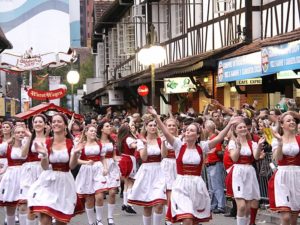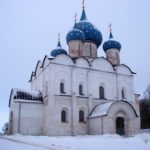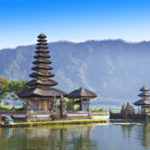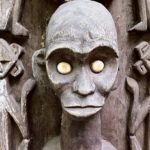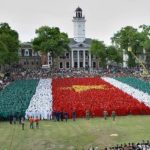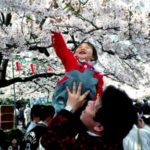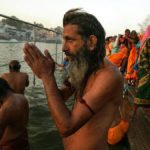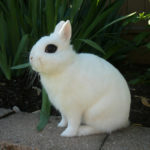Vaisakhi
 Every year, on April 13, beginning in 1699, in the Indian state of Punjab, all Sikhs inhabiting this state celebrate their most respected and beloved Vaisakh festival.
Every year, on April 13, beginning in 1699, in the Indian state of Punjab, all Sikhs inhabiting this state celebrate their most respected and beloved Vaisakh festival.
For Sikhs, Vaisakhi is the New Year, the main religious festival and at the same time the harvest festival. Sikhs are the numerous people of India who profess Sikhism.
And Sikhism is not completely understood by the ignorant religion, which arose in the 15th century and is somewhere between Hinduism and Islam.
And as in any other religion in Sikhism there are its canons and rituals and followers of this religious doctrine quite a lot in different countries. For Sikhs, the holiday of Vaisaki is of particular religious and national importance. According to legend, it was on this day in 1699 that the last tenth guru of Sikhs, whose name was Gobind Singh, founded Khalsu, a kind of fraternity with the basic idea of eliminating caste differences and establishing equality for all people.
On this day, the entire population of Punjab rises in the morning earlier than usual. At first everyone goes to the temple – gurudwara. Especially trying to get to the Golden Temple or Anandpur Sahib where thousands of people gather for prayer. According to legend, it was here that Khalsa was proclaimed. But those who cannot come go to the local temples.
On the holiday of Vaisakhi in every temple – gurudware, with special triumph they endure the holy book of the Sikhs Guru Grant Sahib. The head of the community reads to all those present the main principles of Khalsa.
After a stay in the temple, it is customary to eat a special traditional dish of flour and butter “Kara Prasad”
All Hindus, including the Sikhs, especially worship the goddess Ganga, who according to legends descended to earth on that day. That is why on April 13, on the holy day of Vaysakhi, all believers come to the banks of the Ganges River, where they perform bathing rituals.
On this day, Indians decorate their homes with flowers, hang flags with religious embroidery or images of gods at the door. Children wear flower garlands. On the streets arrange festive processions. In many places, there are performances and fireworks. Thousands of people walk the streets with flowers and flags, dance and sing to the beat of the drum.
The most spectacular look dancing. The bhangra dance is performed only by men. They are dressed in white shirts and colorful turbans. The dance is performed for the battle of dhol – national drums.
Gidha dance is only performed by women, they put on bright clothes and a large number of ornaments.
